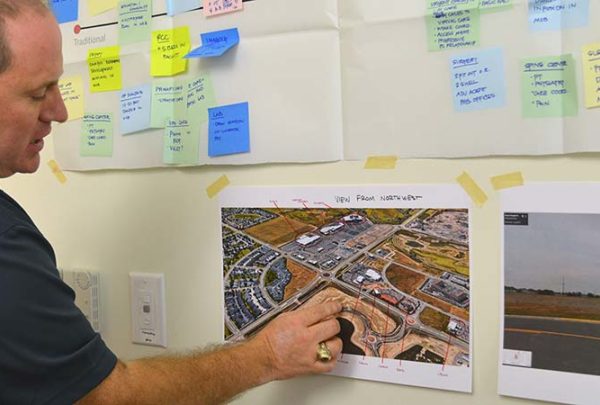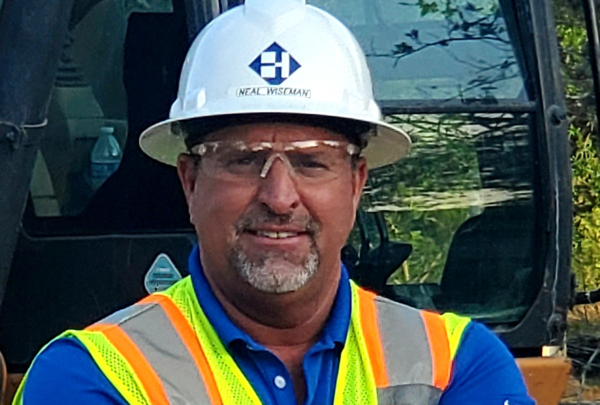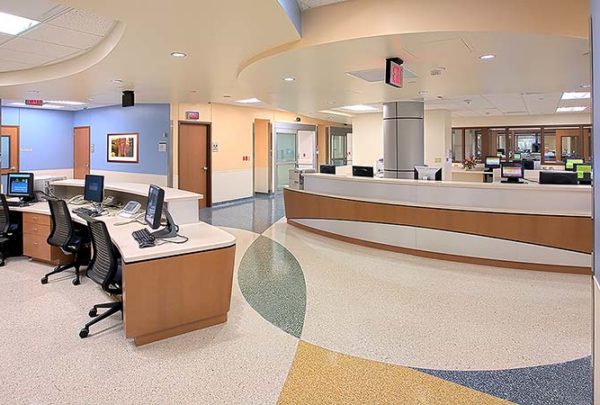Use of Scribes
Hospitals increasingly depend on physicians and nurses to capture data to help them meet reform requirements to earn incentive dollars and avoid financial penalties. Proper documentation to support the level of services provided is always important on the front end so claims aren’t denied on the back end. When it can mean the difference between the hospital getting reimbursed or losing thousands of dollars per patient, physician compensation can only become more scrutinized.
In addition to the obvious benefit of reducing physician charting time, scribes boost physician productivity by notifying them of critical lab values and radiology results as they become available, retrieving past medical records, and documenting when consultants were paged and called back. Physicians can see more patients per hour when scribes prioritize the physician’s time by reminding physicians to check on certain orders, or to see a particular patient next.
Delegating these tasks to scribes translates into shorter door-to-doc and ALOS times for the patient. And, it’s been proven that they pay for themselves. According to an ACEP publication, emergency medicine groups experienced a 17% increase in provider productivity on average after implementation of scribe programs.
Continual Triage to Prioritize Patients
Treating patients in a different order than they arrived saves time because it offers opportunities for parallel processing. For instance, Patient C may have lab work that ensues two hours of lab time, so if they were to start treatment first, Patient A could be treated while Patient C waits for results.
Rapid, Personally Communicated Disposition Decisions
When physicians don’t personally revisit a patient to discuss their disposition in an effort to save time, their actions are thwarted when the nurse calls them back in to answer patient questions. It ultimately saves time to take a few extra minutes.
Physicians can accelerate patient flow by initiating bed placement efforts before lab and test results are received. A physician could ask the nurse to proceed with locating a bed on a particular unit in parallel to the patient undergoing other tasks to shorten their LOS. While they await lab results, they may communicate their thoughts and start the ball rolling on next steps.
Discharging to Manage Capacity
It saves more time to proactively discharge patients and create an “open chair” than to find additional spots to put incoming patients. This is because the time it takes to shuffle a patient out of an occupied space is clocked on the waiting incoming patient’s time as well as on the outgoing patient’s time. If this happens for every patient, downstream delays are compounded. We advocate that one shouldn’t wait until you need the space to make the space, but instead make the space in advance and have it ready.







































































































